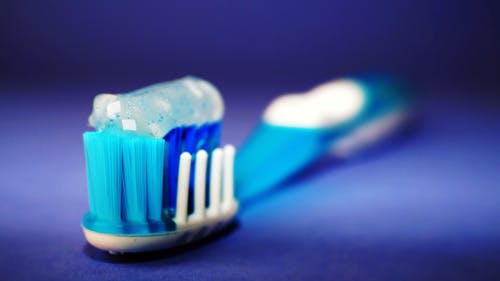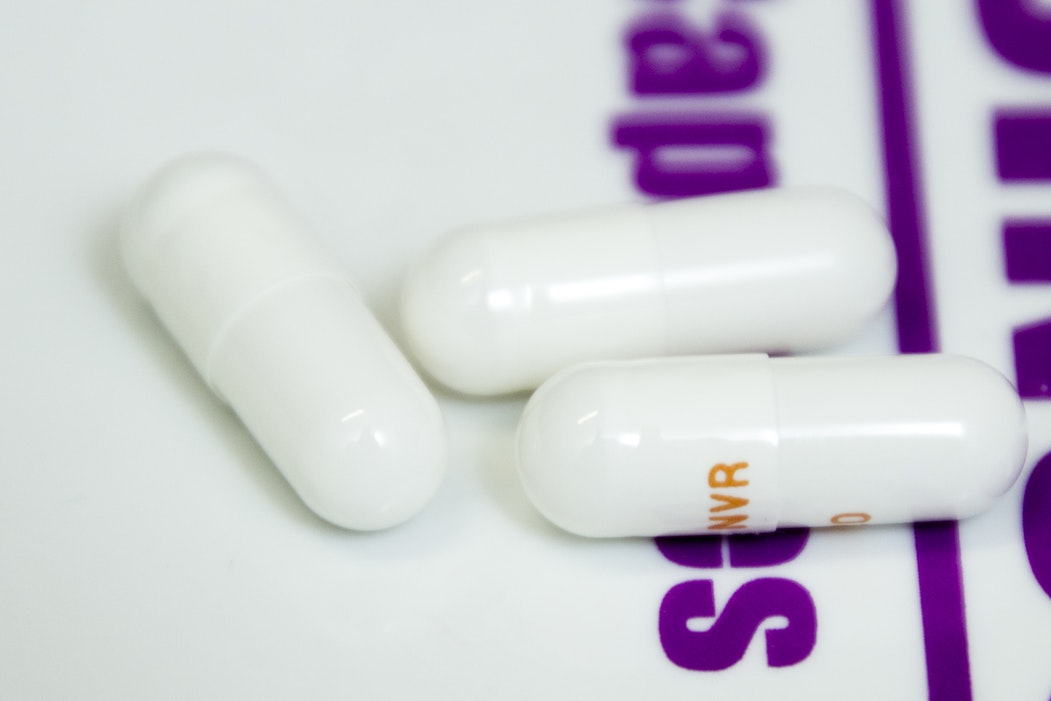Teeth whitening or teeth bleaching is simply the procedure of whitening the tooth’s colour. Whitening is most often desired when teeth yellowed over time from food, smoking, or ageing, and is achieved by either changing the underlying or extrinsic (substance) colour of the tooth’s enamel. While teeth whitening is popular and considered to be important by many, there are some instances where it may not be the best solution for you. For instance, you may want to consider other alternatives prior to embarking on a teeth whitening regimen.
If your teeth are yellow in colour, it is most likely that you are experiencing deeper problems with your dental health. Some of the common causes of teeth staining include smoking, coffee, tea, red wine, antibiotics, and malnutrition. These staining agents break down the protective coating on the inside of the dentin and enamel, exposing the dentin to bacteria and other dental contaminants. Whitening toothpaste are designed to address the surface stains and, while they do eliminate the stains, they do not remove the deeper root causes of yellowing tooth enamels.
If you want the best results possible, you should consult your dentist, as he or she is the most knowledgeable about your dental health. Your dentist will be able to identify the causes of your stains and recommend the most appropriate bleaching method for you based on your specific circumstances. Your dentist may suggest a visit to a specialized clinic that uses the most advanced bleaching technology. These teeth whitening procedures utilize trays as the delivery system for the chemicals and as the means to apply the bleach to the teeth.
Although these bleaches may be more expensive, they also deliver exceptional results. Typically, they work well for those with very light staining because the light is absorbed by the whitening agent in the trays and reaches the stains later on when it passes through the enamel. Whitening strips may be an option for some individuals who don’t want to whiten their teeth at home. In general whitening strips are used for those with light staining, as they lack the ability to penetrate the enamel to reach the stains. In addition, many dentists caution against the use of whitening strips because their ingredients can irritate sensitive teeth and cause tooth decay.
The gels and other forms of bleaching agents are applied to the teeth via trays and are then worn for a specified amount of time. For optimal results, you should wear your whitening trays for six to eight hours, depending on the severity of your discolouration. Even though you will need to keep your mouth closed while wearing your trays, you should allow your dentist in-office time to perform the necessary evaluations and tests before applying the bleaching agents so that he or she is confident you will not experience adverse effects from the procedure.
If you have moderate or mild discolouration and you would prefer to undergo an at-home whitening treatment, you may choose a gel or whitening strip that contains hydrogen peroxide. These products are available from a variety of retailers and are generally safe to use provided that you follow the directions. Typically, these products require nothing more than to be applied to your teeth with a bleaching tray and then discarded after the recommended time has passed. Hydrogen peroxide has been proven to effectively lighten even darker stains, making it a popular option for those seeking whiter teeth at home. If you would like to try the at-home treatment before making your appointment to see your dentist in-office, make sure to check with your health care provider to ensure that you are not allergic to the hydrogen peroxide or have any other side effects that may be associated with the whitening treatment.

Herschel focuses on the connection between dental health and overall aesthetics, providing practical tips and expert advice.







